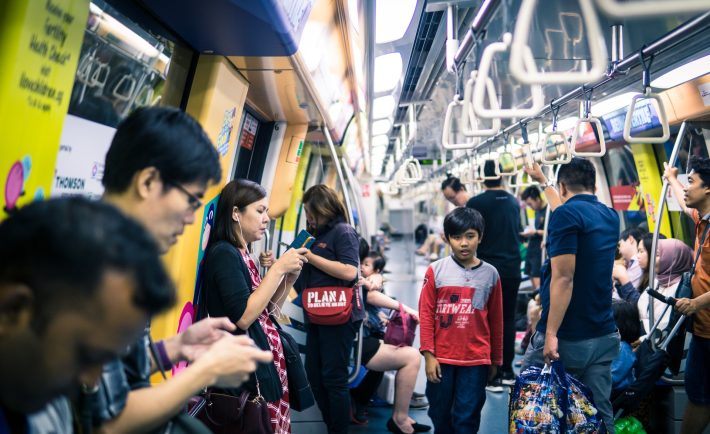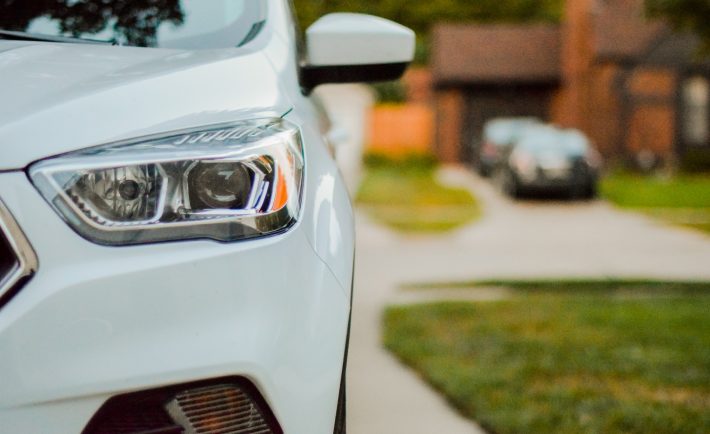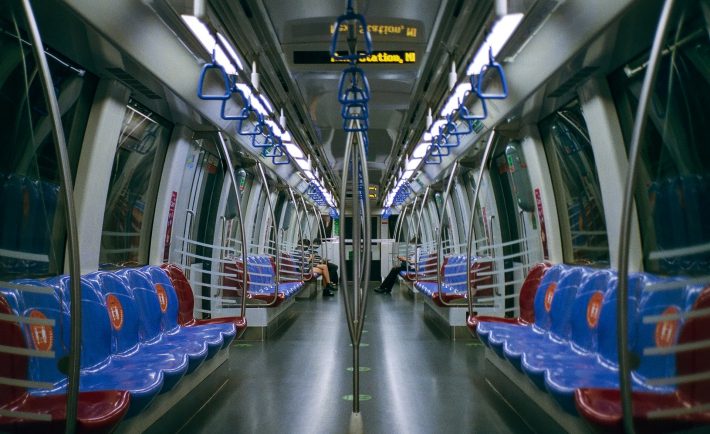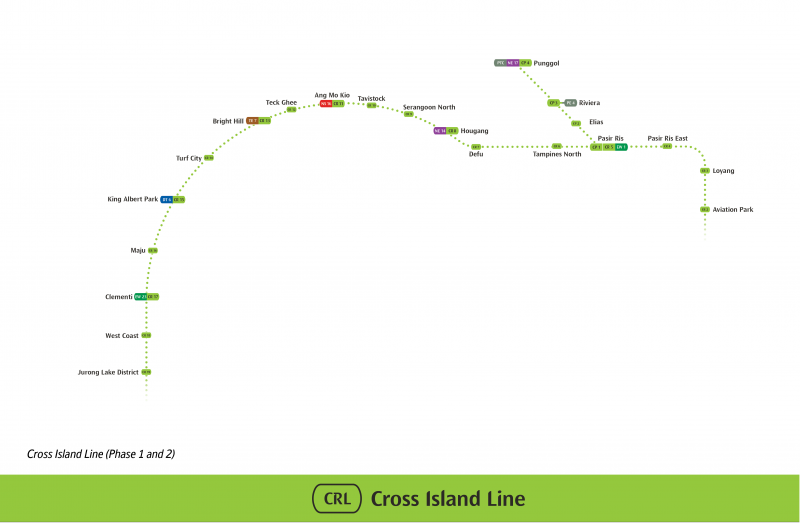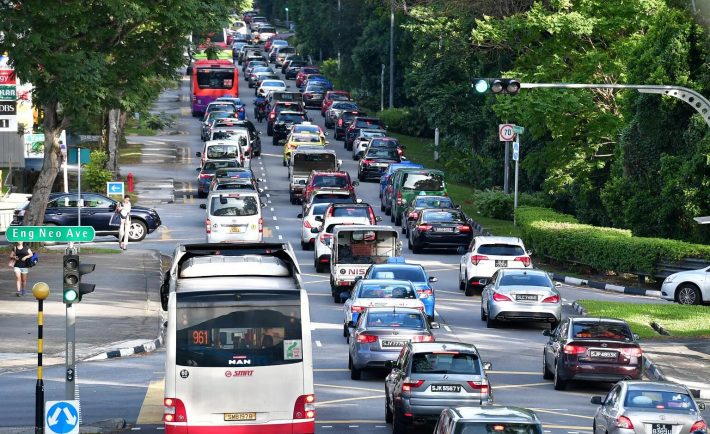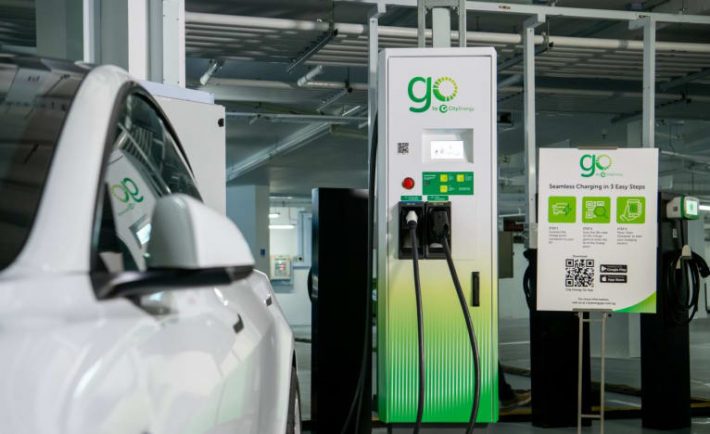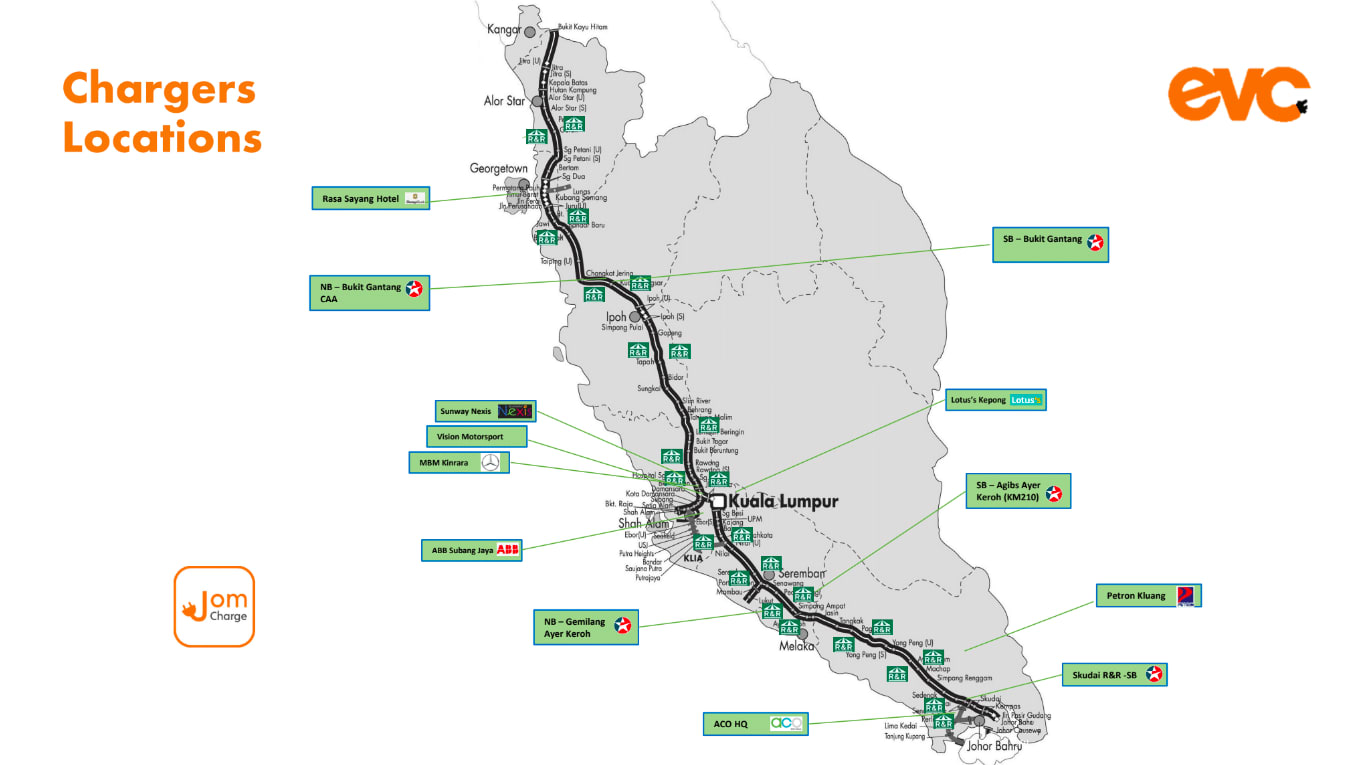Public transport fares for buses and MRT have seen an increase of 10 to 11 cents per journey for adult card fares since December 23. Meanwhile, adult cash fares, still accepted for bus rides, have experienced a steeper increase of 20 cents.
Commuters using concession cards, on the other hand, have faced a more modest increase of 4 to 5 cents per journey, while concessionary cash fares for bus rides have gone up by 10 cents.
PUBLIC TRANSPORT COUNCIL ANNOUNCEMENT
The Public Transport Council (PTC) announced an overall seven percent increase in public transport fares, emphasizing that this is only a third of the 22.6 percent maximum quantum. The hike is attributed to the persistent rise in energy prices, core inflation, and robust wage growth in 2022.
Despite the economic factors driving the increase, the PTC clarified that it granted only a 7 percent increase “to keep public transport fares affordable in this higher cost environment.” Additionally, 15.6 percent will be rolled over to future fare review exercises.
To mitigate the impact on commuters, the Government has allocated an additional S$300 million in subsidy to defer allowable fare adjustments to future reviews, up from the S$200 million provided the previous year. This subsidy is in addition to the annual S$2 billion in public transport subsidies given by the Government.
The fare adjustment is expected to generate approximately S$137.4 million in additional revenue for public transport operators annually.

Image Credits: lta.gov.sg
POSITIVE DEVELOPMENTS
Amidst the fare increases, there are positive developments for certain groups. Heavy users of public transport belonging to concessionary groups, such as students, seniors, and full-time National Servicemen, will benefit from a reduction of up to 10% in the hybrid (bus and train) monthly concession passes.
Furthermore, a new monthly concession pass will be introduced for Workfare Transport Concession Scheme Cardholders, aimed at assisting lower-wage workers.
In an effort to support lower-income households further, the Ministry of Transport has announced the provision of public transport vouchers worth S$50 each. These vouchers will be available to resident households with a monthly income per person not exceeding S$1,600 and can be used to top up fare cards or purchase monthly passes.

